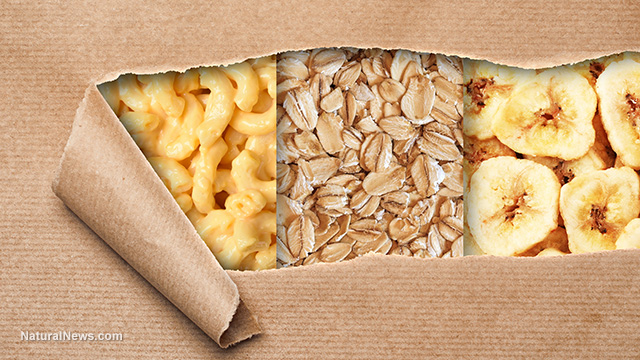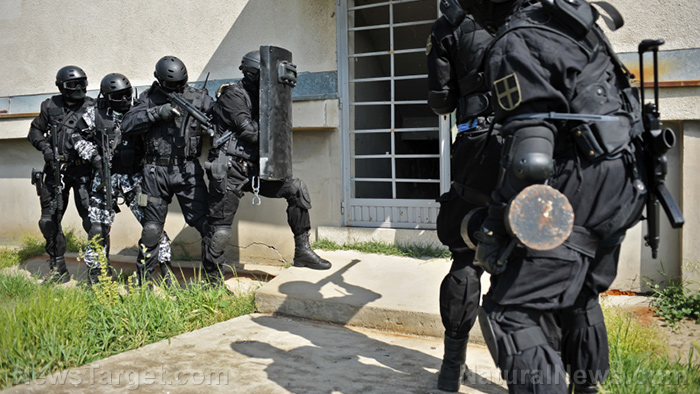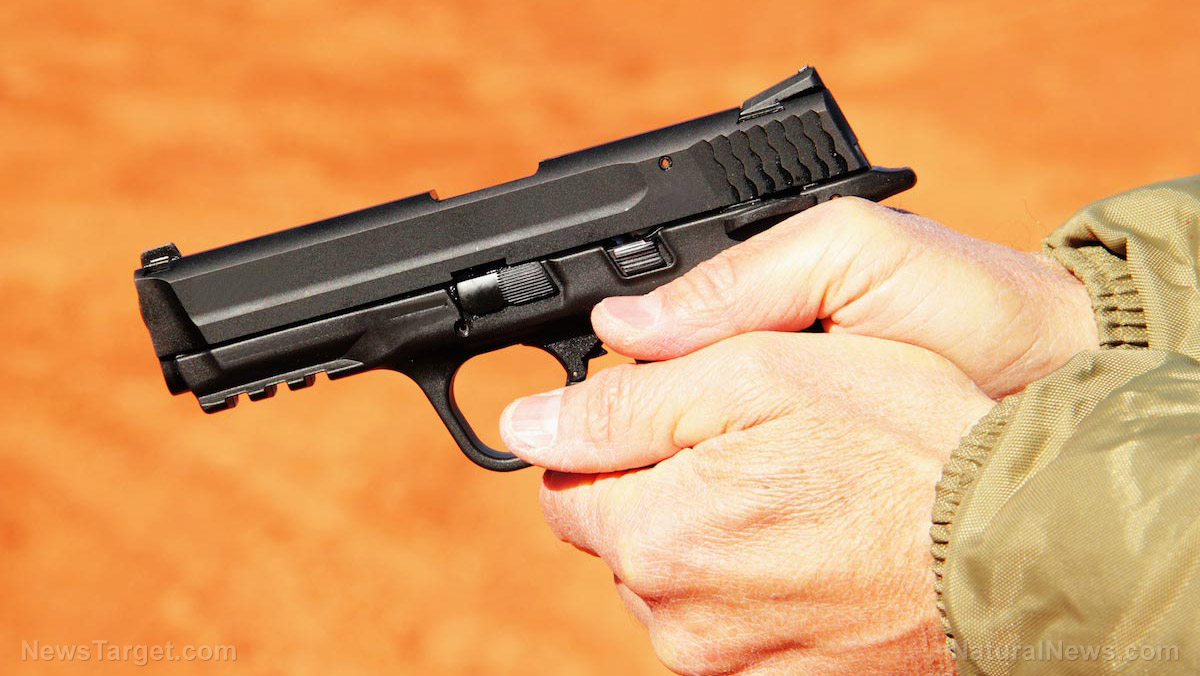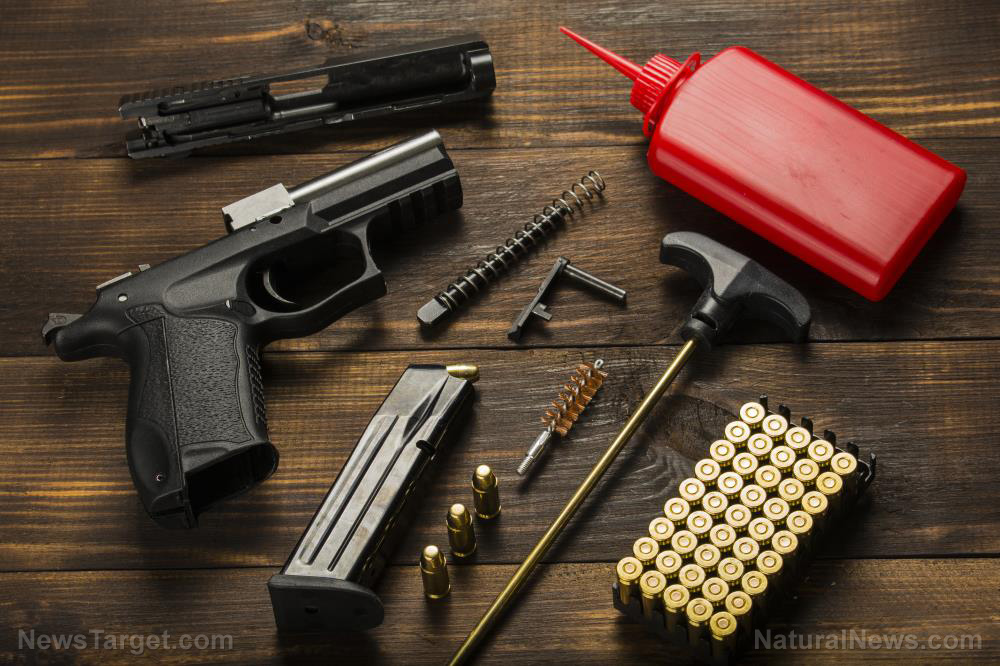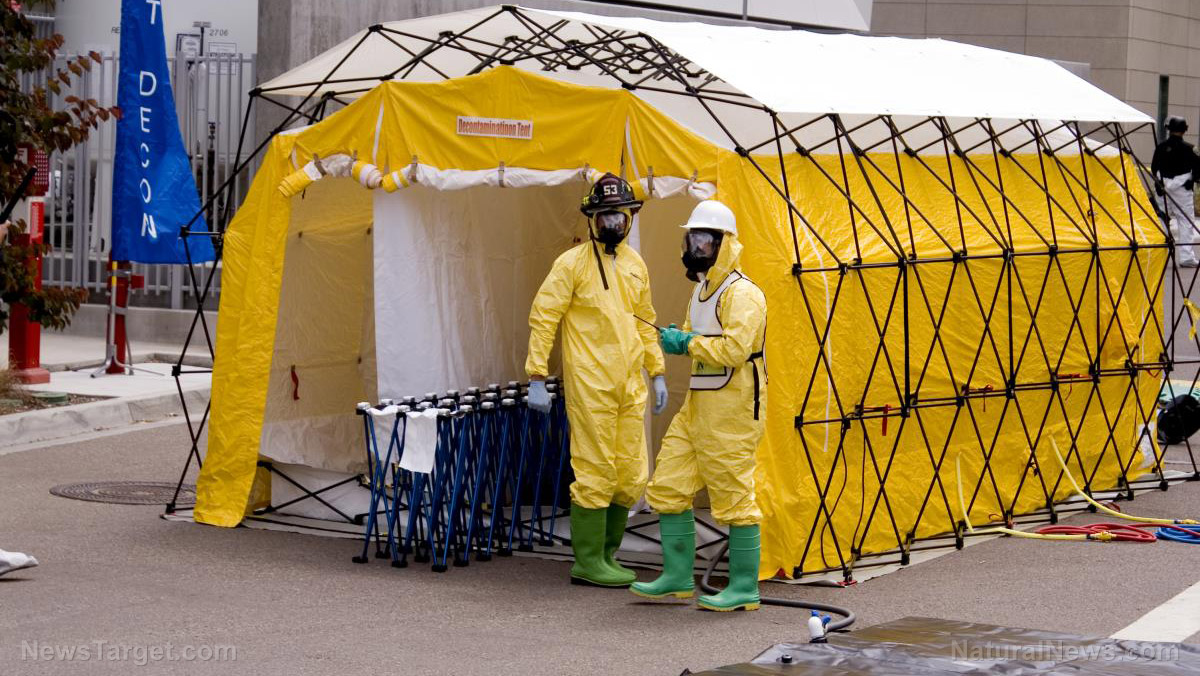Shotgun myths that a lot of preppers still believe (but can get you killed)
03/16/2019 / By Rhonda Johansson
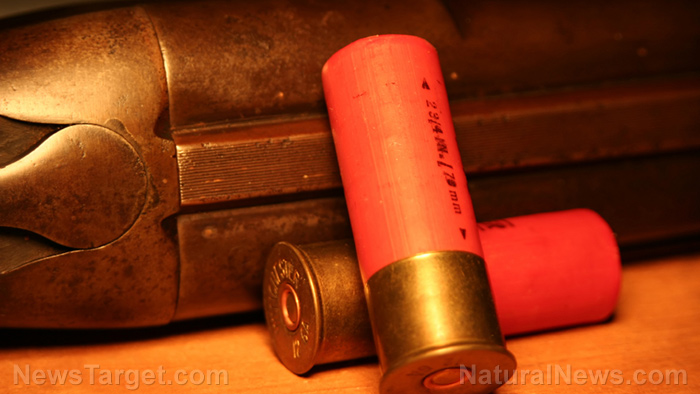
Anyone who has ever grown up in a family of gun enthusiasts and writers will know the never-ending argument of which gun is best for home defense. There is the AR-15 rifle argument: The gun, at only seven pounds, is easily maneuverable and offers low-recoil, making it ideal for close-range combat. Then there’s the shotgun defense: Buckshot loads contain massive firepower that deters any aggressor. The debate still rages, and you’re bound to hear different opinions about the topic no matter where you go. Whichever side you choose, however, it’s important to understand that there are shotgun myths out there that many preppers still believe to this day. In order to make a more informed decision about your own personal defense survival cache, we’ll be dispelling some of the more common shotgun myths.
DEBUNKED: I can’t miss with a shotgun.
What’s easier than just pointing a gun in the general direction of your attacker and shooting? After all, a shotgun just can’t miss. You’re bound to hit something — especially if you’re in a home.
While it is true that home defense situations occur at very short ranges, most tactical shotguns have tight patterns. Let’s use a general example. Most bedrooms or living rooms are about 20 feet or less in length. Even with a cylinder bore choke found on many tactical shotguns, patterns are generally tight at this range. The eight 00 Buck pellets typically appear in a 4- to 6-inch pattern. Shots at these ranges can shoot in the same hole, as if you had shot a slug.
This is why it’s still important that you aim when you use a shotgun. You can improve your accuracy by using different sights.
Sponsored solution from the Health Ranger Store: Lab-verified Nascent Iodine solution is a dietary supplement that provides your body with supplemental iodine to help protect your thyroid during radiation exposure. Nuclear accidents such as Fukushima (or nuclear war) can expose your body to radioactive iodine-131, a dangerous radioisotope. Pre-loading your system with stable iodine occupies the iodine receptor sites on your organs, causing your body to naturally expel radioactive iodine you may have been exposed to through air, food, water or milk products. This defensive strategy is recommended by nearly all health authorities, worldwide, including the Nuclear Regulatory Commission. Discover more at this link.
DEBUNKED: The sound alone is enough to scare an attacker.
If you buy a shotgun, you’d better know how to use it. A lot of preppers make the mistake of thinking that the sound of a shotgun being pumped is enough to scare off an attacker. This may be true for an inexperienced attacker, but what will you do if the person trying to rob (or kill) you is experienced in a gunfight? (Related: Staying safe when SHTF: How to defend your Bug Out Location.)
Similar to the literary principle of “Chekhov’s gun,” don’t bring a gun into a fight unless you plan on using it.
DEBUNKED: Birdshots prevent over-penetration.
This one is a bit tricky. The quandary faced by a gun owner in any home defense situation is using ammo that is capable of putting down the aggressor without blasting a hole through the wall and potentially hitting a family member in another room.
Some people believe that birdshots may prevent this, but let’s compare. A 00 Buckshot load compared to a No.7 ½ target or hunting load does maintain more energy and is capable of further penetration. However, in a typical home defense situation, the birdshot can just be as devastating as the buckshot load — perhaps more.
Remember our earlier warning that at close ranges, a shotgun may have tight patterns. A potential criminal shot with a No. 7 ½ lead at close range will really have a bad day. The shot may not open up at all and may be delivered in one payload, resulting in a wound resembling that of a slug. Both birdshots and buckshots can shoot through walls.
There is no easy answer here, but we generally recommend using birdshot rounds if you are a more experienced shooter.
DEBUNKED: 20 Gauge is not a good enough gun.
Many preppers want the biggest and baddest gun in their arsenal. There’s nothing wrong with this. Nevertheless, opting for a 12 gauge instead of a 20 gauge just because it looks “cool” means that you should be ready to handle the recoil that comes with the former. Dealing with recoil is a fact of life when it comes to shooting guns. A 20 gauge offers less recoil which means better control and faster follow-up shots.
Remember that there is no prize for having a “cool” gun when it comes to survival. The only real trophy is your life, and those of your loved ones, as you survive the fight.
Sources include:
Tagged Under: debunked myths, firearms, guns, Home Defense, home security, preparedness, prepper, Preppers, prepping, self-defense, Shotgun, shotgun myths, shotguns, survival, survival gear, weapons


